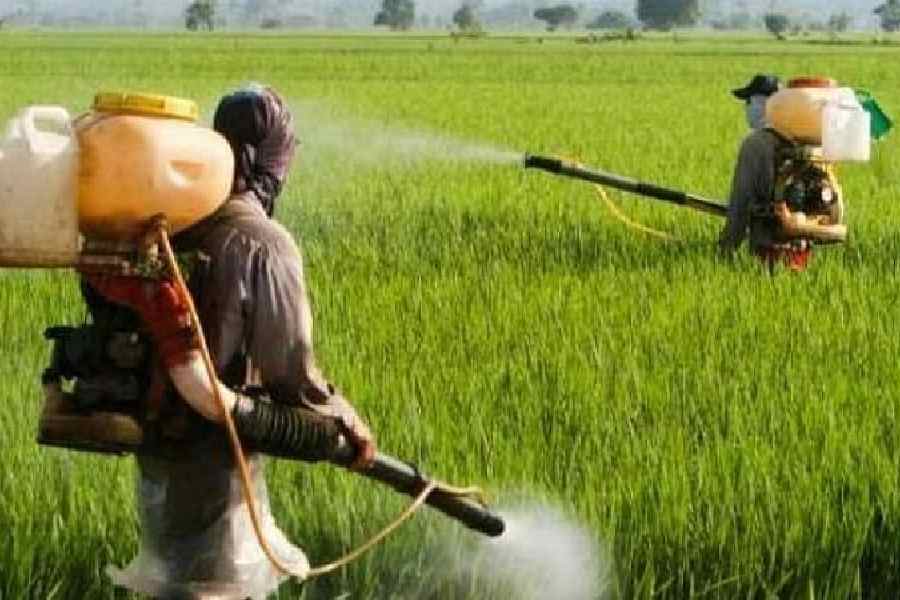India is poised for a potential overhaul of its fertiliser subsidy programme in the upcoming budget, with an eye towards both cost-cutting and environmental concerns.
Finance minister Nirmala Sitharaman is expected to announce reforms aimed at streamlining the system and promoting sustainable practices even as the total allocated amount is likely to remain relatively unchanged from the interim budget.
Sitharaman had earmarked ₹1.64 trillion for fertiliser subsidies, lower than the revised estimate of ₹1.95 trillion allocated in 2023-24.
A central pillar of the proposed reforms is a shift towards direct cash transfers (DCT) to farmers. This experiment, if implemented, would bypass fertiliser manufacturers and deliver the subsidy directly to the intended beneficiaries
Sources said a move to direct cash transfer will help to rationalise the subsidy, avoid its market-distorting nature and prevent the overuse of urea and its implications on cropping diversity and environment.
The government is also planning to gradually move towards a single income support scheme covering investments, inputs and subsidies.Besides, it plans to reduce the overall use of fertilisers by putting a cap on the number of subsidised bags of fertiliser per farmer per unit of area.
Another way to reduce the overall quantity of fertiliser is through efficient farming/irrigation methods such as the promotion of pulses as inter or mixed crops to improve soil fertility and reduce fertiliser usage as well as through the promotion of organic inputs.
The present system of delivering subsidies is through direct benefit transfer to the manufacturer: farmers identify themselves with Aadhar biometric at the time of purchasing the fertiliser at a subsidized rate.
The subsidy amount is then paid to the company by the government.
Analysts said the government should move with caution as fertiliser subsidy is prone to wild fluctuations.










